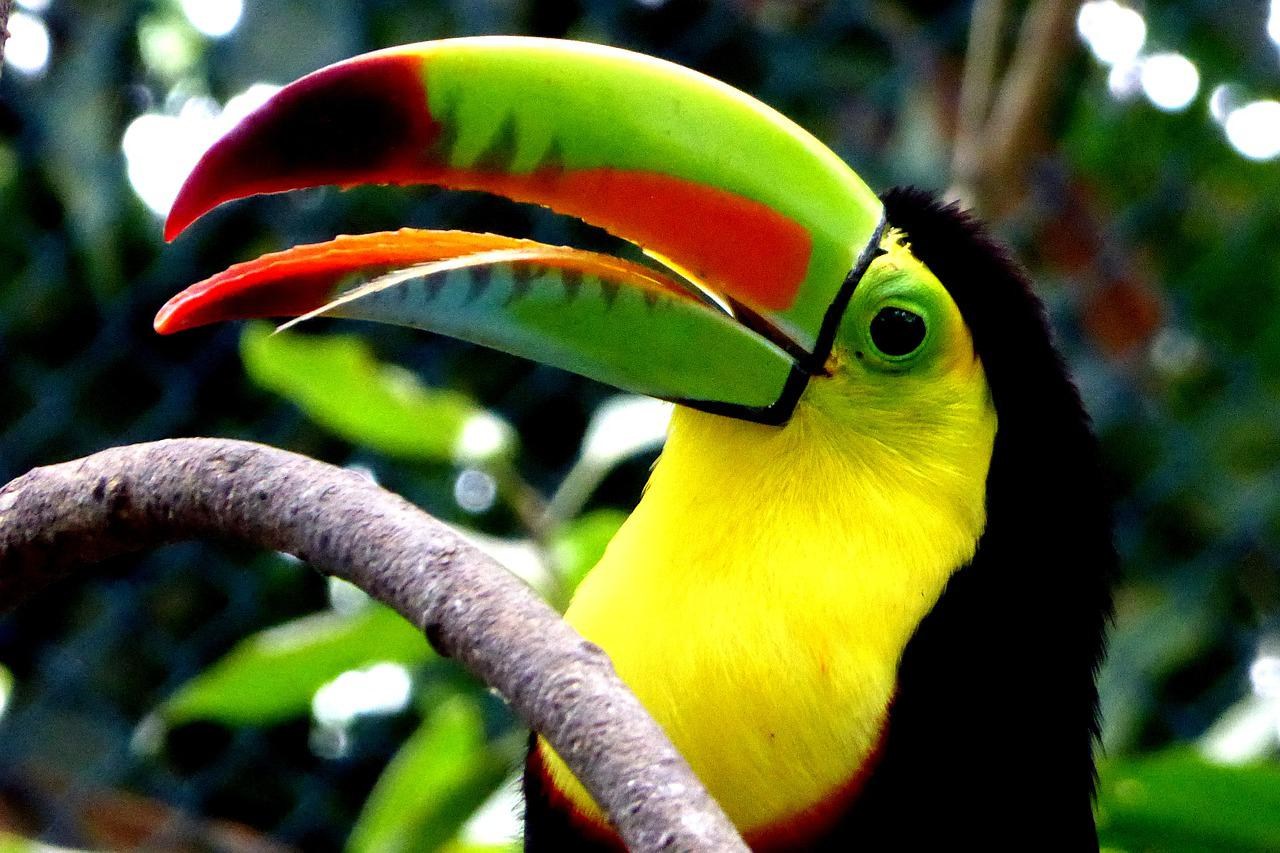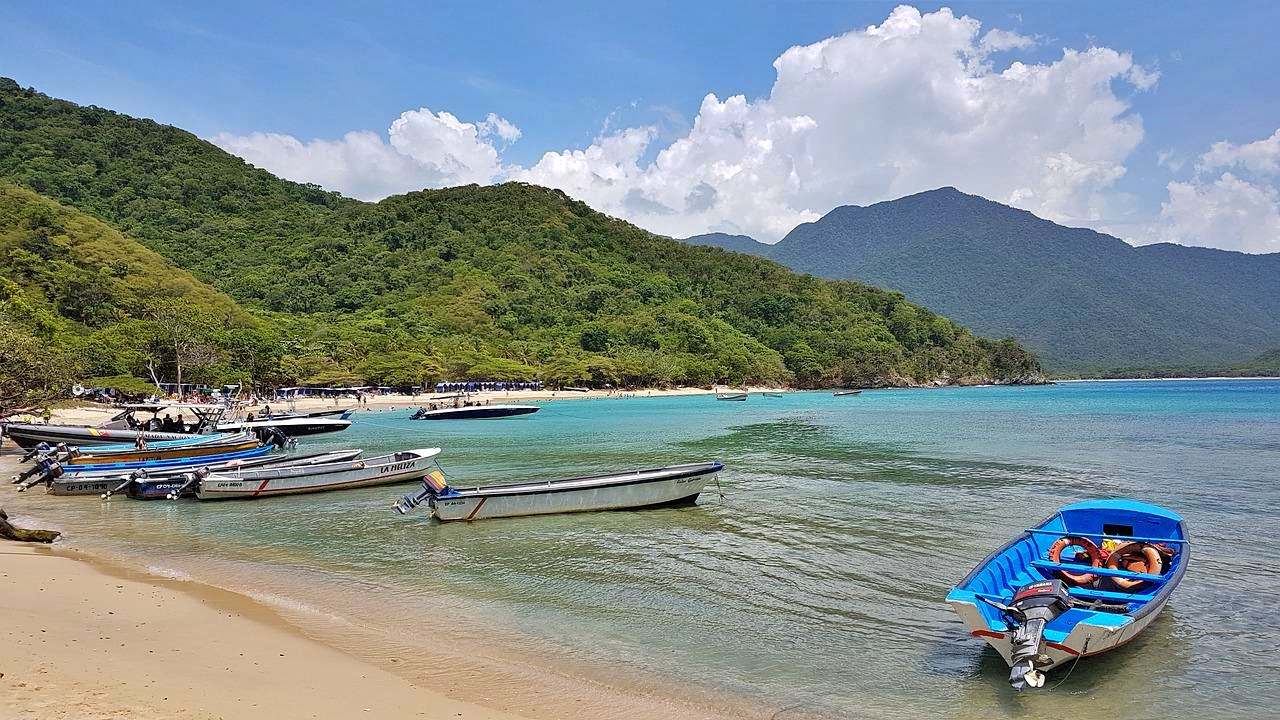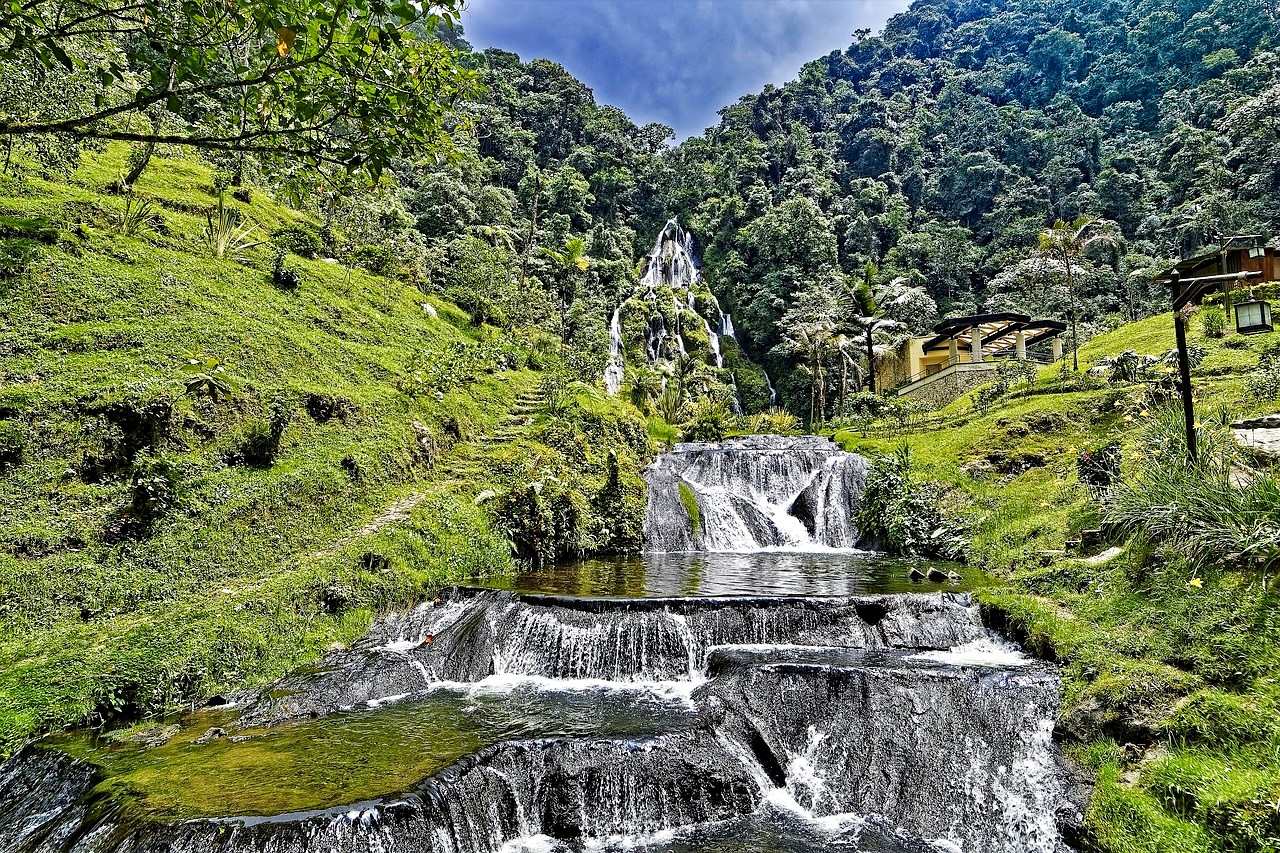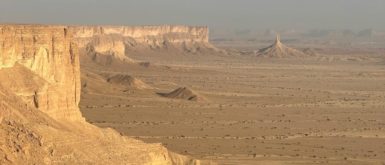
Colombia is the country to truly embrace nature and enjoy the splendor of its natural beauty. The most popular activities in the country involve hiking, camping and trekking while meeting the indigenous tribes. In fact, it is these tribes who truly preserve their ancient traditions while guarding the environment. The following are three environments in which to truly experience ecotourism in Colombia.
1. The rainforest of Colombia

In total, the rainforest has 11 natural reserves, but the most recommended is Amacayacu Park, which is easy to access from Leticia. On the western side of the country in the Pacific region, the rainforest overlaps with the ocean, thus offering a unique experience with marine life easily as diverse as life in the jungle.
Meanwhile, a wide variety of reptiles, birds and other creatures are to be found. However, the region is best known for the humpback whale that can be observed from June to November. The Pacific Region, with its wide biodiversity, is also said to be one of the best places for scuba diving in Colombia.
2. The Dry Forest

Hundreds of species make their homes in the parks, including the cayman, armadillo, 396 different species of bird and 40 species of bat. Visitors to the area can meet four indigenous groups who live in this region, the Kogui, Arhuacos, Wiwas and Kankuamos. Each tribe practices ancient rituals to preserve nature in the region.
3. Moorlands of Colombia

At around 1.6 miles (2,000 meters) above sea level, the moorlands are considered to be water factories. The area experiences low temperatures and humidity, leading to many rivers offering a source of energy and water supply.
In fact, Colombia is only one of six countries that host this exclusive ecosystem. Here, the moorlands feature 98 percent of the world’s flora known in this particular environment.
Among the most important reserves for eco-tourists are the Chingaza National Park, the Iguaque Sanctuary of Flora and Fauna, El Cocuy National Park and Los Nevados National Park. Meanwhile, Colombia also has 55 natural reserves, of which 23 are actively involved with ecotourism. Here, park rangers will keep visitors safe, while ensuring their least impact on the environment.
Read more about Colombia and its wonderful national parks on the country’s official website.
Be sure to check out our vlog The Go To Family. Connect with us on Instagram, Twitter, and Pinterest !



